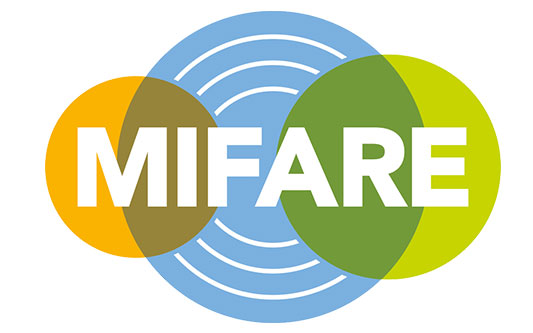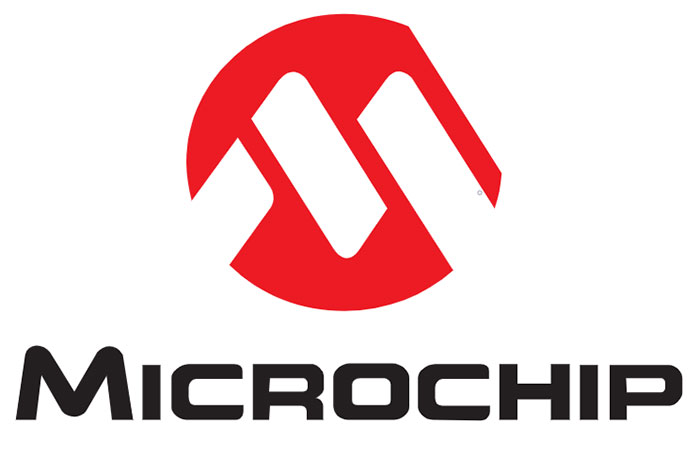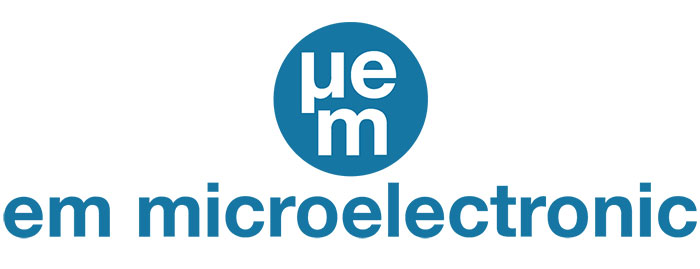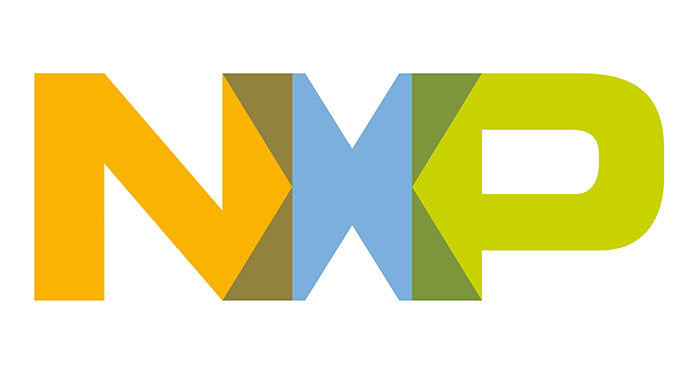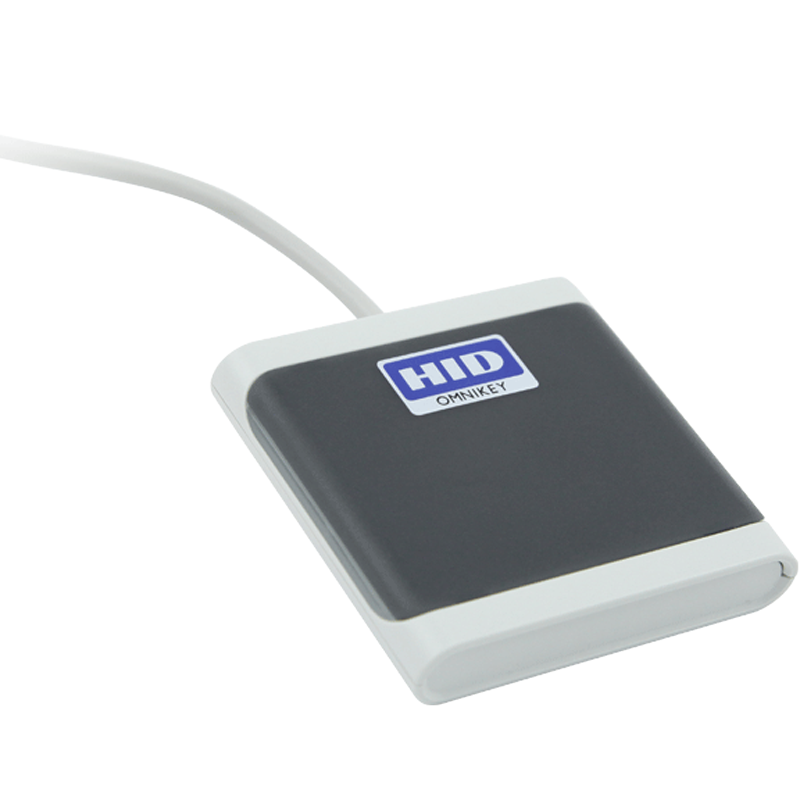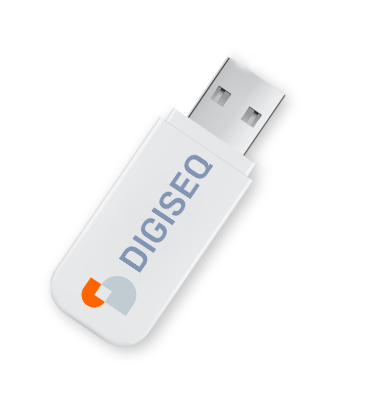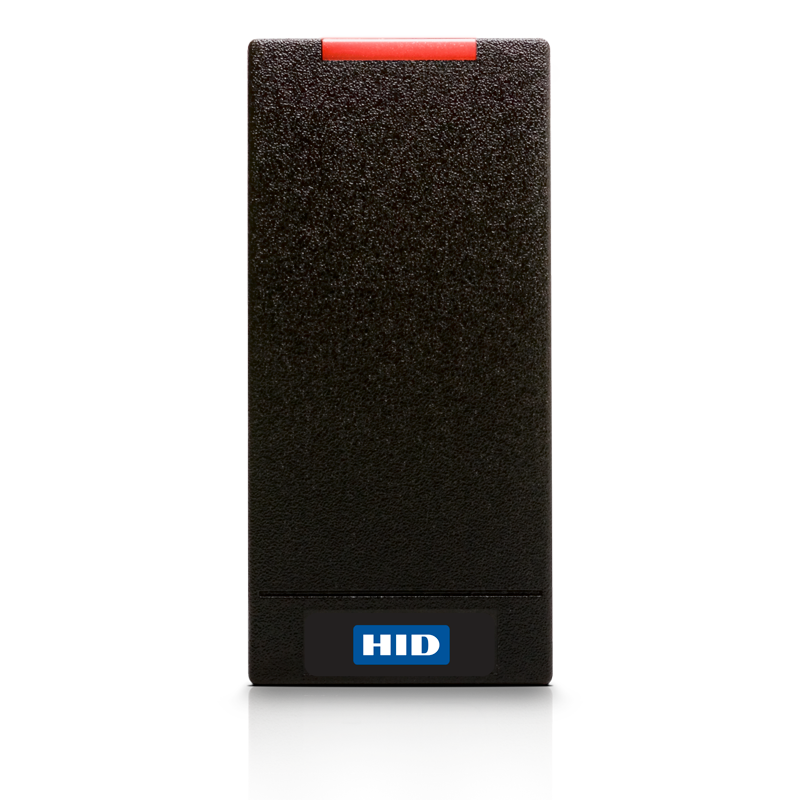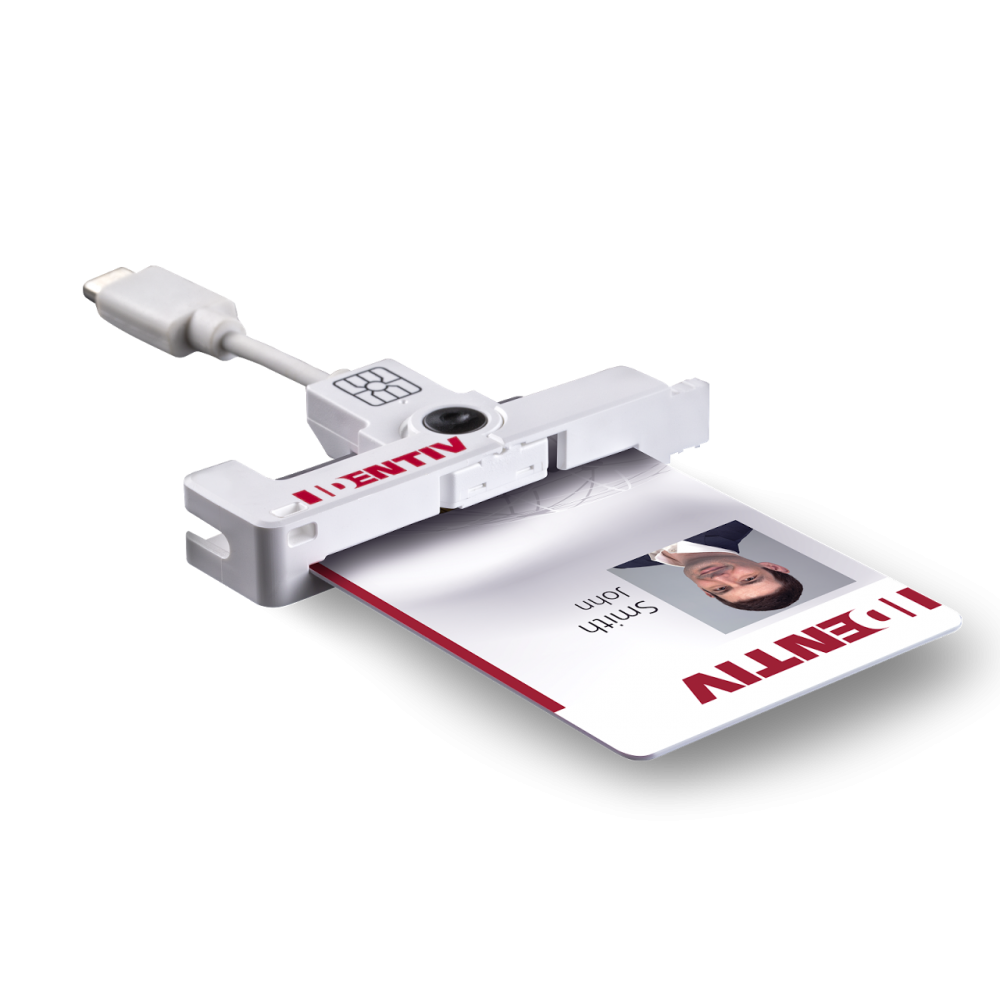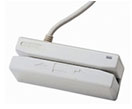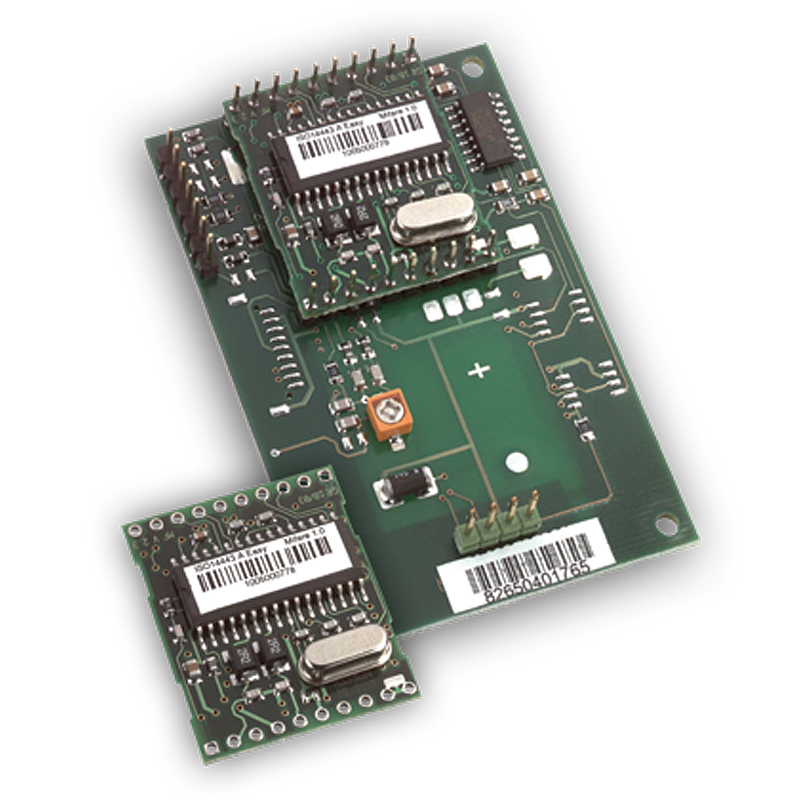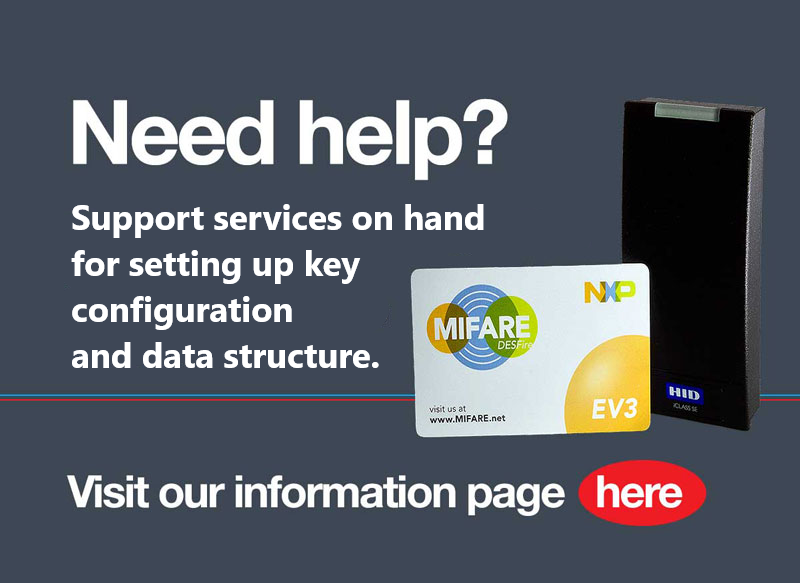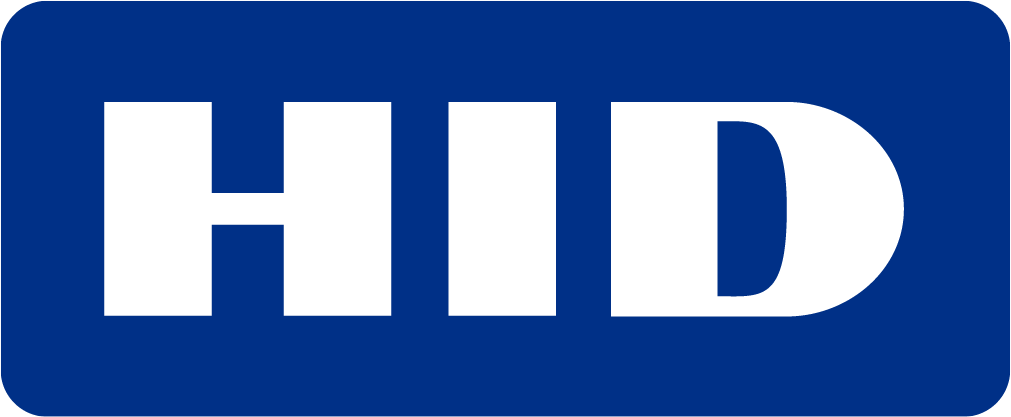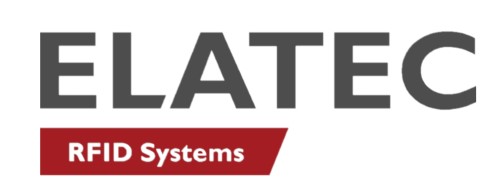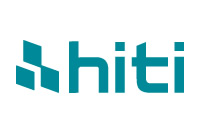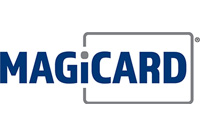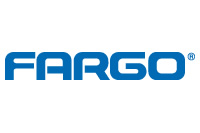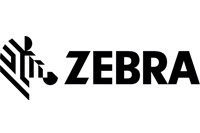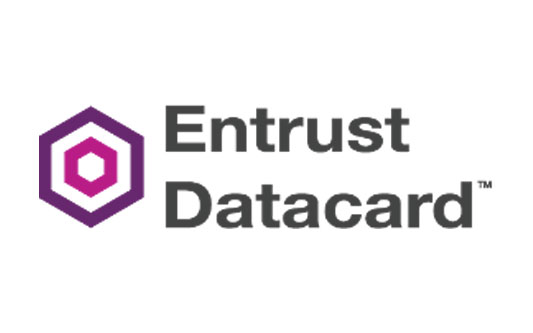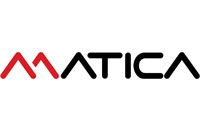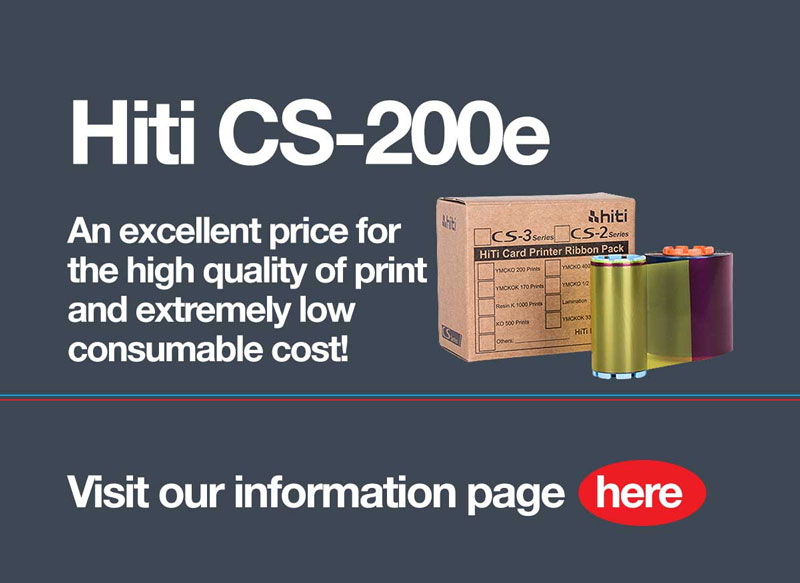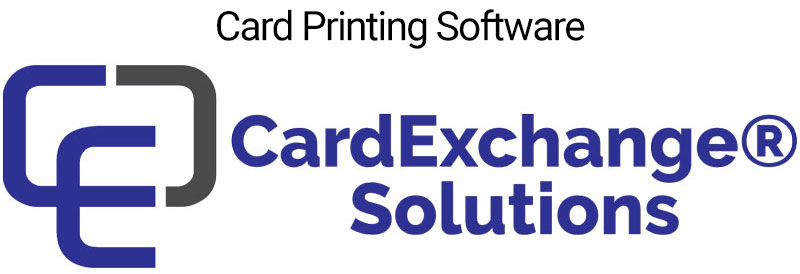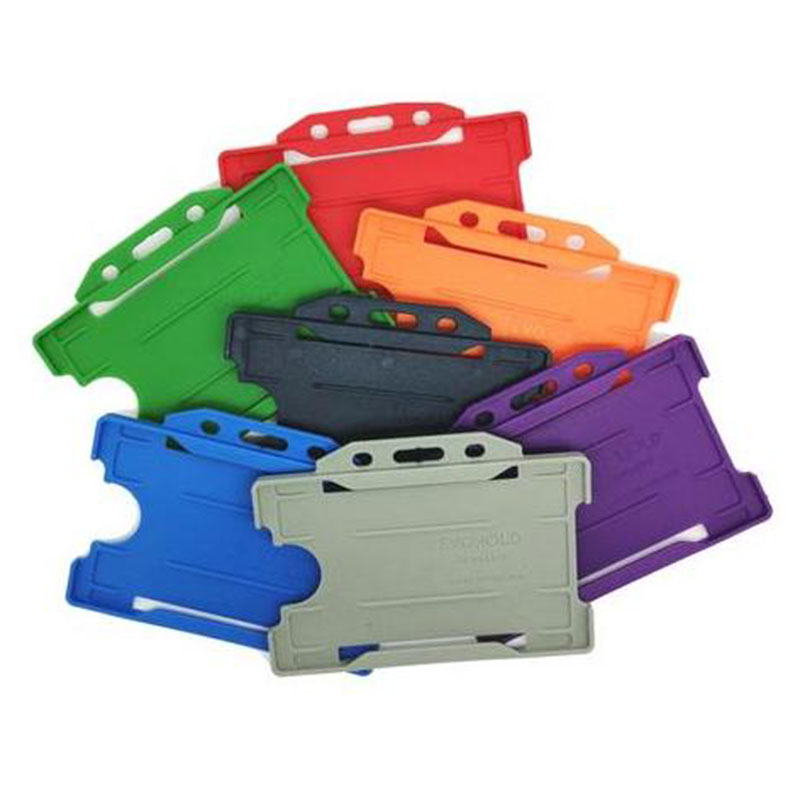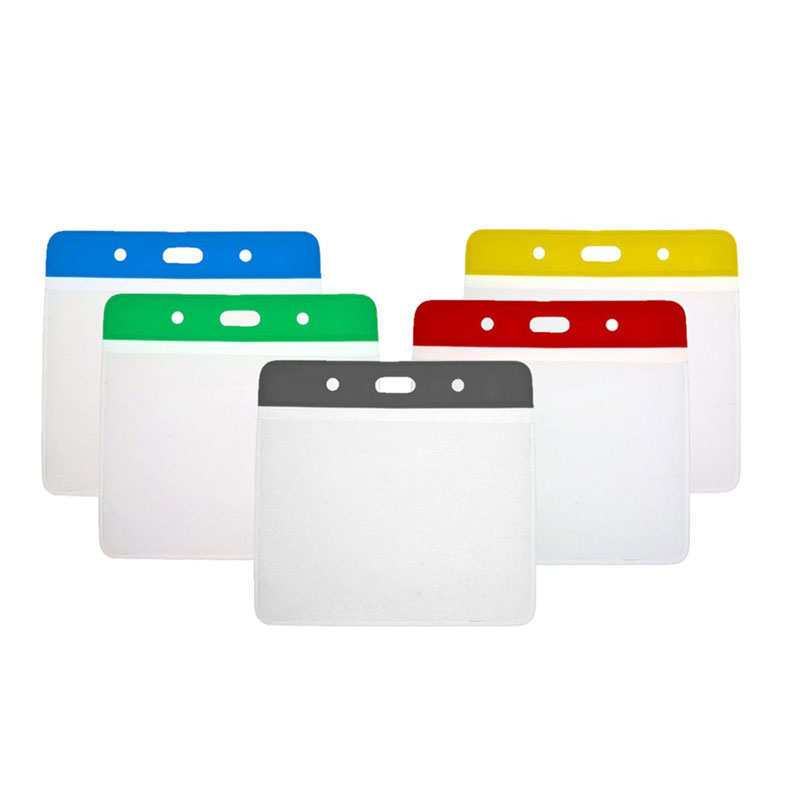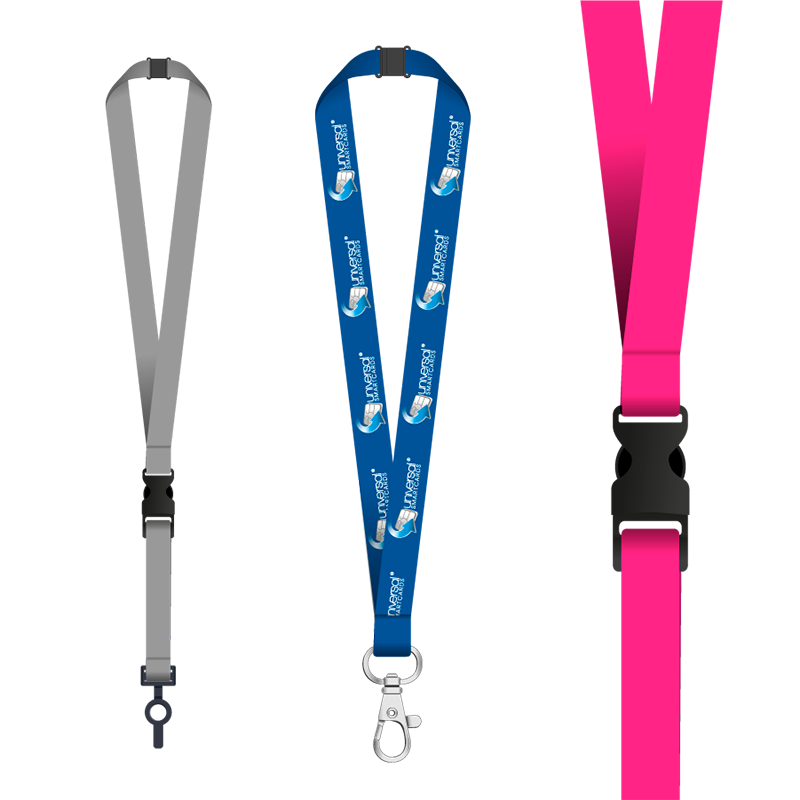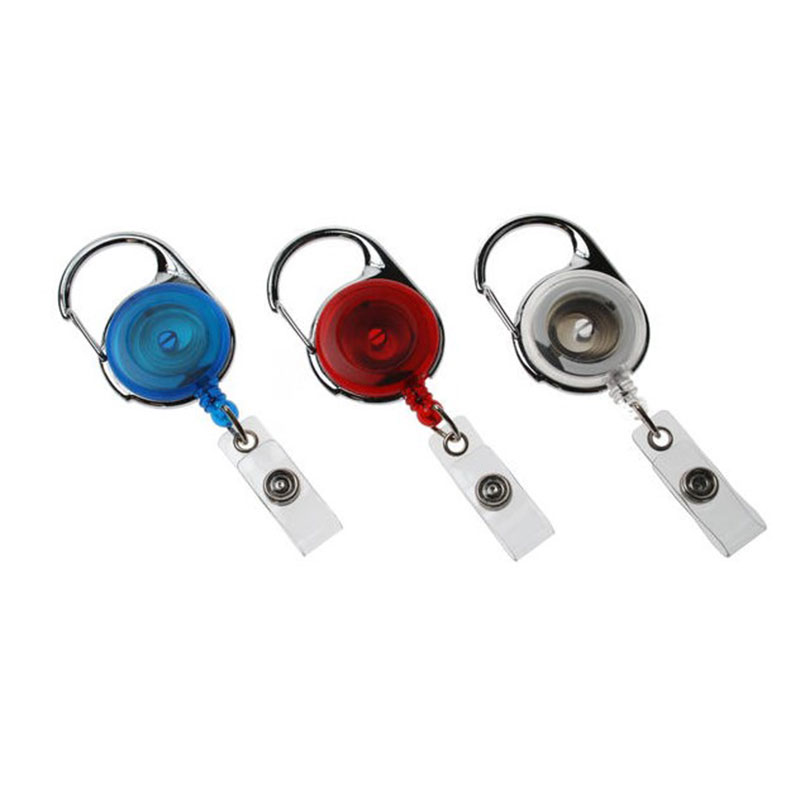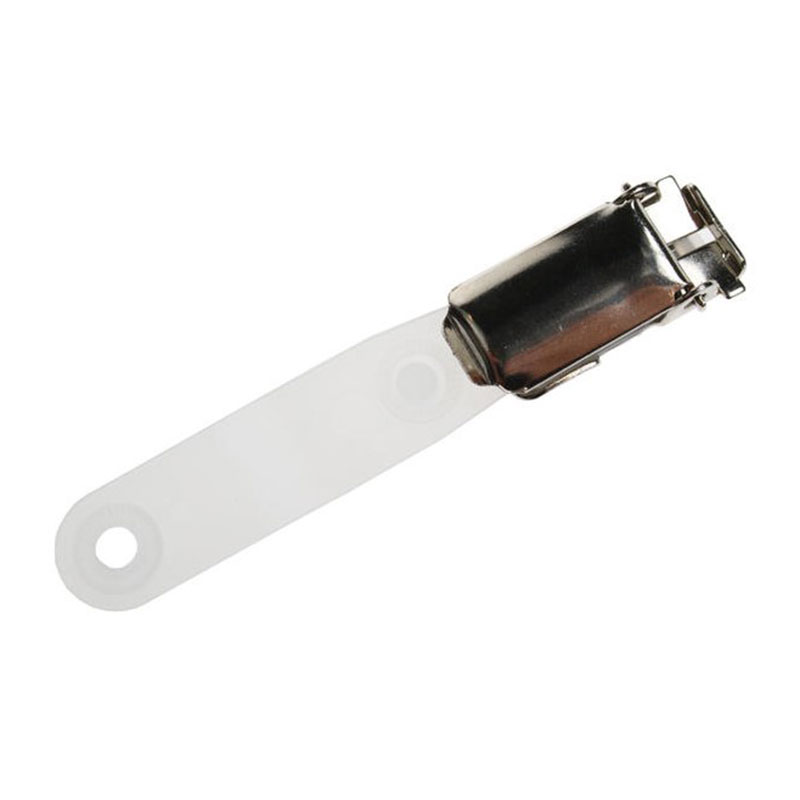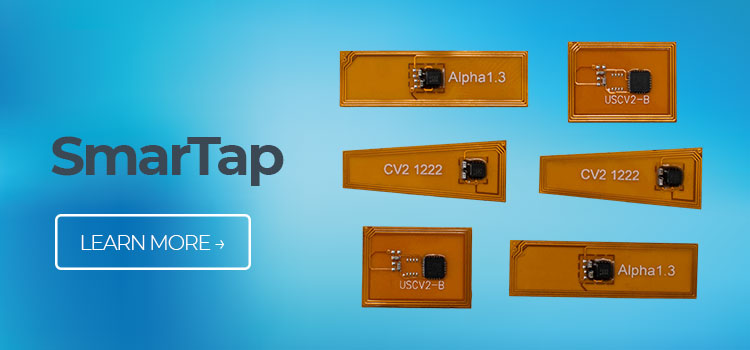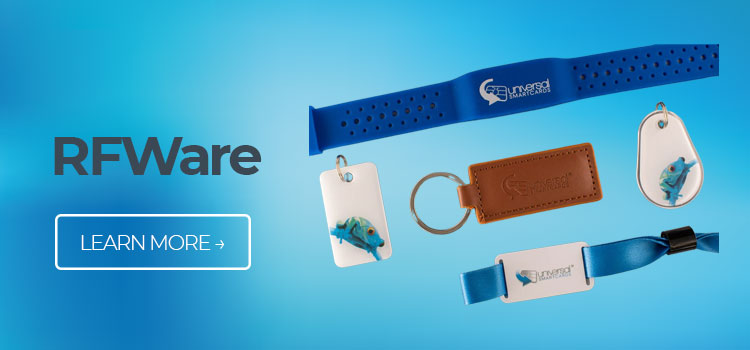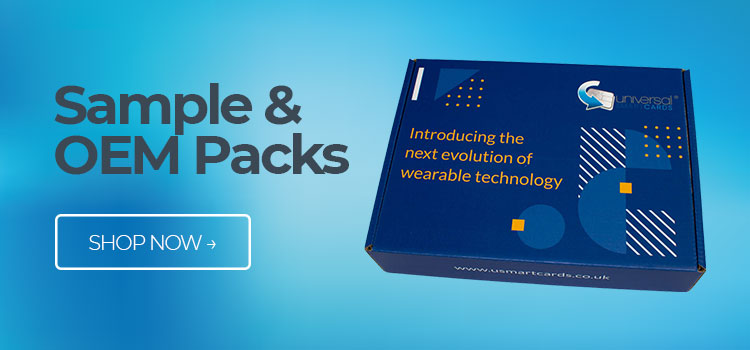
Smart cards for the healthcare market bring together a wide range of functions that have typically been conducted by people, paper, passwords and physical processes - all of which are often inefficient and susceptible to security breaches.
The typical healthcare smart card is the size of a credit card and is embedded with a chip. This contains encrypted data that is read and updated via a smart card reader linked to a central computer system.
The following five benefits of smart card technology in primary care, acute settings and social care environments will save time, money and inconvenience while minimising risk.
Issue smart cards to patients for quick and secure identification
The traditional means of confirming a patient is who they say they are involves an examination of a physical identification document or by the user answering a security question, such as confirming the date of birth or address.
Studies have shown that few patients want to take a passport or driving licence to their GP surgery or hospital appointment. For a healthcare ID system that relies on verbal information, someone other than the patient can easily present and provide an aspect of personal information or even guess it. In addition, some people, particularly those with cognitive impairment, may struggle to remember and recount such facts.
A smart card registers identity credentials and can be configured to bring up the customer’s photograph and other authentication criteria. Smart cards can be programmed for use with PIN numbers and biometric recognition such as fingerprints for enhanced levels of security and issued to patients registered with your healthcare facility.
Quick and secure access to patient information and medical history
A patient’s medical record can be stored securely on a central computer system and easily accessed only by staff issued with a smart ID card. This ensures data security and allows for quick access to patient records. Key information including diagnosed conditions, allergies and treatment can be quickly accessed. The system can also record information on risks that may be present, such as a history of aggression or confusion.
Smart card authentication levels can be set so that only certain categories of staff have access to information that is relevant to their job role. Patient consent to share details with identified professionals and other agencies can also be logged. This enables healthcare organisations to meet data protection obligations.
Secure access and egress
Healthcare facilities often have a number of areas that need to be kept secure with controlled access. This includes maternity and children’s wards, operating theatres, mortuaries, clinics, stocks of medicines and storage facilities. In some settings, legal orders are granted to prevent extremely vulnerable service users from leaving the building or entering certain parts of it.
Restricted access systems using smart card technologies enable customisable entry and exit points. The credentials of authorised personnel or clients are recognised without the need for physical mechanisms or numeric keypads. Access rights are granted without the need for any ‘touch’ so reducing the risk of contamination and virus transmission.
Integrating multiple identities
Health employees often have a number of physical and digital logins. These can include codes to enter the building and different areas within it plus numerous usernames and passwords to access a variety of systems. Smart card technologies can integrate these multiple identities into a single means of access.
Furthermore, systems can be programmed to enable additional levels of security. For example, a user might be prevented from accessing certain parts of a building, or the computer network, unless they’ve swiped in at the entrance in the first place.
Increased efficiencies and accountability
All of the above features bring increased administrative and clinical efficiencies. At the same time, smart card systems allow for complete accountability by tracking individual user access, activity, data input and reporting. Auditing processes are made easier with scrutiny of what has occurred, when and by whom.
Health and social care settings are information-intensive, complex and often fragmented systems. A smart card system enables centralised control and resolves the often conflicting demands of security, speed and efficiency.

